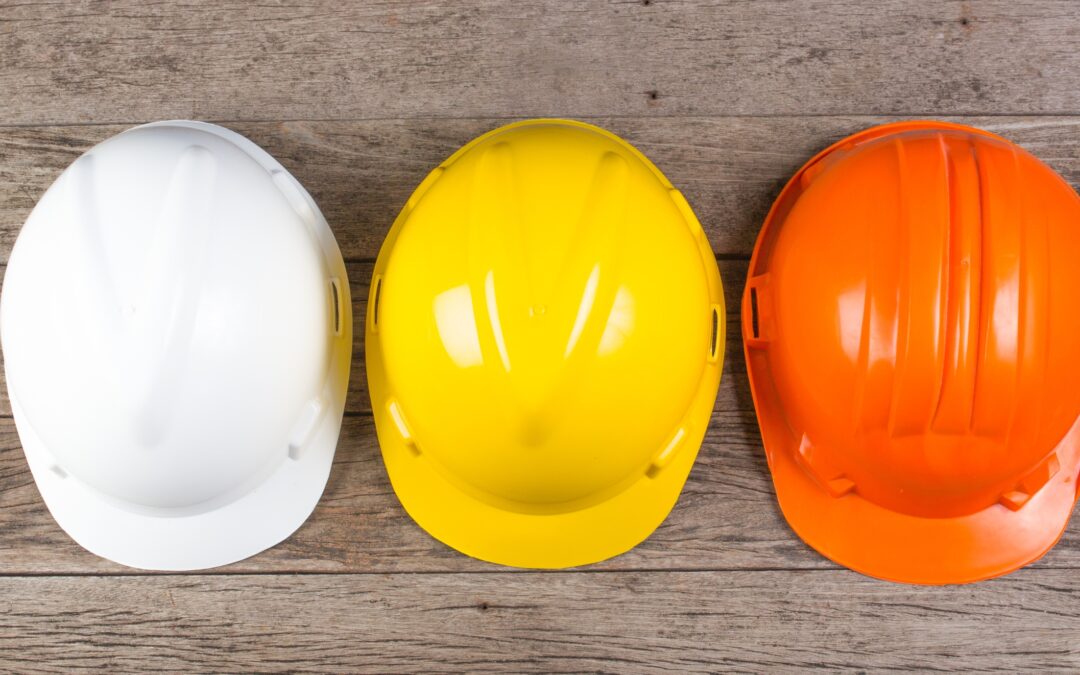Head protection is vital for workplace safety. The head is one of the body’s most vulnerable areas, making it essential to shield from potential hazards. Wearing the appropriate head protection reduces the risk of head injuries in environments with falling objects, overhead electrical hazards, and the potential for slips, trips, falls, and struck-by incidents.
Discussion Points:
- Potential dangers and risks.
- Types of head protection.
- OSHA and ANSI regulations for head protection.
- Selecting the appropriate type of head protection and
- The Responsibilities of Employers and Employees.
Discussion:
Head protection is crucial in any workplace, particularly when workers are exposed to hazards such as falling objects, sharp debris, and heavy machinery. Heavy machinery and equipment pose significant risks to worker safety, and operating these machines without proper head protection can lead to serious injuries. Accidents can happen unexpectedly, and hard hats are an essential barrier, reducing the likelihood of head injuries.
Several types of head protection are available, including hard hats, helmets, bump caps, and safety caps. Each type is designed to protect against specific hazards. For instance, hard hats guard the head against falling objects, whereas helmets are commonly used in environments where there is a risk of impact. In locations where electrical shocks are a concern, it is essential to wear a helmet that offers electrical insulation.
According to the Occupational Safety and Health Administration, wearing head protection in areas with a risk of head injury is crucial for safeguarding workers from serious harm. OSHA regulations specify the requirements for head protection and include standards set by the American National Standards Institute (ANSI). While OSHA provides the necessary regulations, ANSI offers guidance on compliance.
According to ANSI standards, industrial hard hats are required to absorb impacts to the head, insulate against electric shocks, resist water, burn slowly, and protect the scalp, face, neck, and shoulders. ANSI conducts rigorous testing to ensure they can withstand these expected forces.
Choosing the correct type of head protection is vital, but it’s equally important to ensure that it fits appropriately and is worn correctly. A helmet or hard hat that does not fit snugly may not provide adequate protection in an accident. It is essential to adjust the head protection for a snug and comfortable fit and always wear it when working in hazardous conditions.
Employers are responsible for protecting their employees by ensuring the proper use of safety equipment in hazardous environments. To prevent head injuries, it’s crucial to identify common or potential hazard areas and place safety signage as visual reminders. Additionally, employers should provide training on the importance of head protection and demonstrate how to wear hard hats correctly.
Employees must prioritize wearing their hard hats correctly and consistently. Workplace safety regulations are constantly evolving, so it is essential to stay updated with OSHA’s requirements during safety meetings and review these regulations annually. By prioritizing head protection, employers and employees can contribute to a safer and more secure working environment.
As always, stay safe out there!


Recent Comments